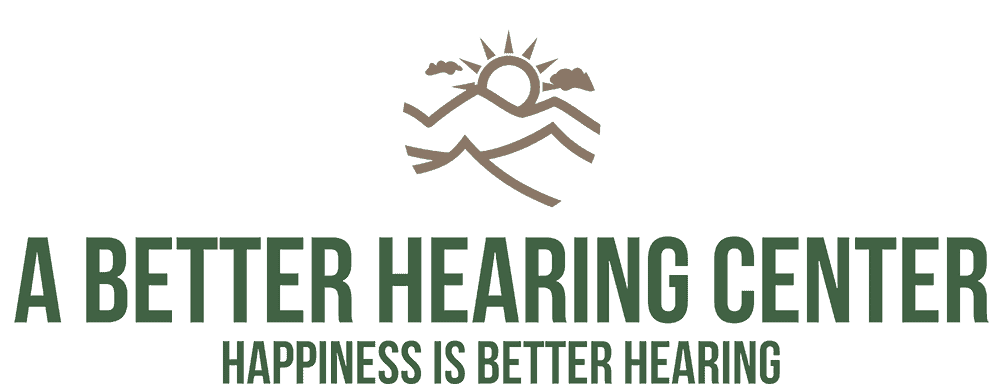In the symphony of daily life, our ears serve as our most faithful companions, allowing us to savor the sweet melodies and subtle whispers that make our world rich and vibrant. However, amidst the harmony, there lurks a potential threat – noise-induced hearing loss (NIHL). Let’s explore the intricacies of NIHL, shed light on the significance of decibels, and offer practical insights to safeguard your auditory well-being.
The Decibel Dance: Unraveling the Language of Sound Intensity
Decibels (dB) serve as the metric by which we measure the intensity of sound. Understanding the decibel scale is crucial when it comes to understanding how sounds impact our hearing. The scale is logarithmic, meaning each increase of 10 dB represents a tenfold increase in sound intensity. For context, a normal conversation hovers around 60 dB, while a whisper may register at 30 dB.
Let’s delve into the decibel levels of common sounds:
- Whisper: 30 dB – A gentle, hushed conversation
- Normal Conversation: 60 dB – The pleasant hum of social interaction
- Traffic Noise: 70 dB – The persistent background hum of city streets
- Vacuum Cleaner: 80 dB – The familiar hum of household chores
- Motorcycle: 95 dB – The unmistakable roar of a passing motorcycle
- Rock Concert: 120 dB – The exhilarating, pulsating beat of live music
- Jet Engine: 140 dB – The thunderous roar of a plane taking off
The Stealthy Threat of Noise-induced Hearing Loss
Noise-induced hearing loss often creeps into our lives subtly. In fact, you might not notice it at first. However, prolonged exposure to sounds above 85 dB can lead to irreversible damage over time. The delicate hair cells in our inner ears, responsible for translating sound vibrations into electrical signals for the brain, become strained and damaged under the assault of loud noises. The first sign of noise-induced hearing loss is having a hard time hearing soft sounds or high-pitched sounds. This can be your first clue that your hearing may be changing.
Consider the regular sounds around you – the bustling traffic, the cacophony of construction sites, or the blare of headphones during your workout. While individually these sounds might not seem too loud, their cumulative impact can contribute to the progression of NIHL. The risk becomes more pronounced in occupational settings such as construction sites, factories, and music venues, where high-decibel environments are the norm.
Preserving Your Auditory System: Practical Tips for Hearing Health
The good news is that NIHL is preventable! Here’s how you can protect your hearing health:
- Invest in Hearing Protection: Whether you’re a music enthusiast attending concerts or someone working in a noisy environment, investing in high-quality earplugs or earmuffs can be a game-changer. These protective measures help reduce the intensity of sound reaching your ears, preserving your auditory health.
- Take Breaks in Noisy Environments: If your daily routine involves exposure to loud sounds, such as machinery or construction noise, make a conscious effort to take short breaks in quieter environments. Allowing your ears a moment of respite can significantly contribute to preventing long-term damage.
- Volume Control on Personal Devices: When enjoying music, podcasts, or videos through headphones or earbuds, be mindful of the volume level. Keeping the volume at a moderate level reduces the risk of overexposure and helps safeguard your hearing.
- Regular Hearing Checkups: Just as we prioritize routine checkups for our overall health, incorporating hearing checkups into your healthcare routine is equally crucial. Regular assessments can detect early signs of hearing loss, allowing for timely intervention and management.
- Educate and Advocate: Spread awareness about the importance of hearing health among your friends, family, and colleagues. Encourage the use of hearing protection in noisy environments and foster a culture of auditory well-being.
Visit Us Today
In the bustle of our everyday lives, our hearing plays a pivotal role in shaping our experiences and connecting us to the world around us. By understanding decibels and taking proactive measures to protect our ears, we can ensure that sounds remain vivid and harmonious.
Take the first step towards preserving your auditory well-being. Contact us today for personalized guidance and solutions. We offer custom hearing protection, along with comprehensive hearing tests, hearing aids, and assistive listening devices.

